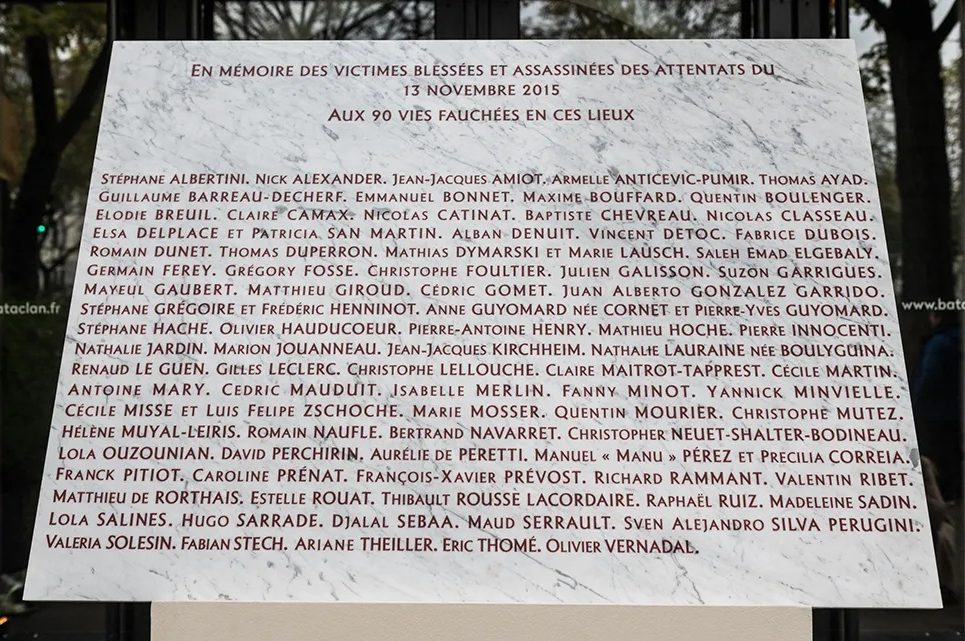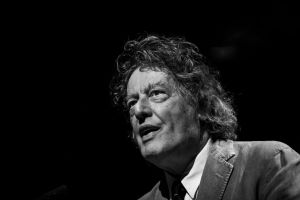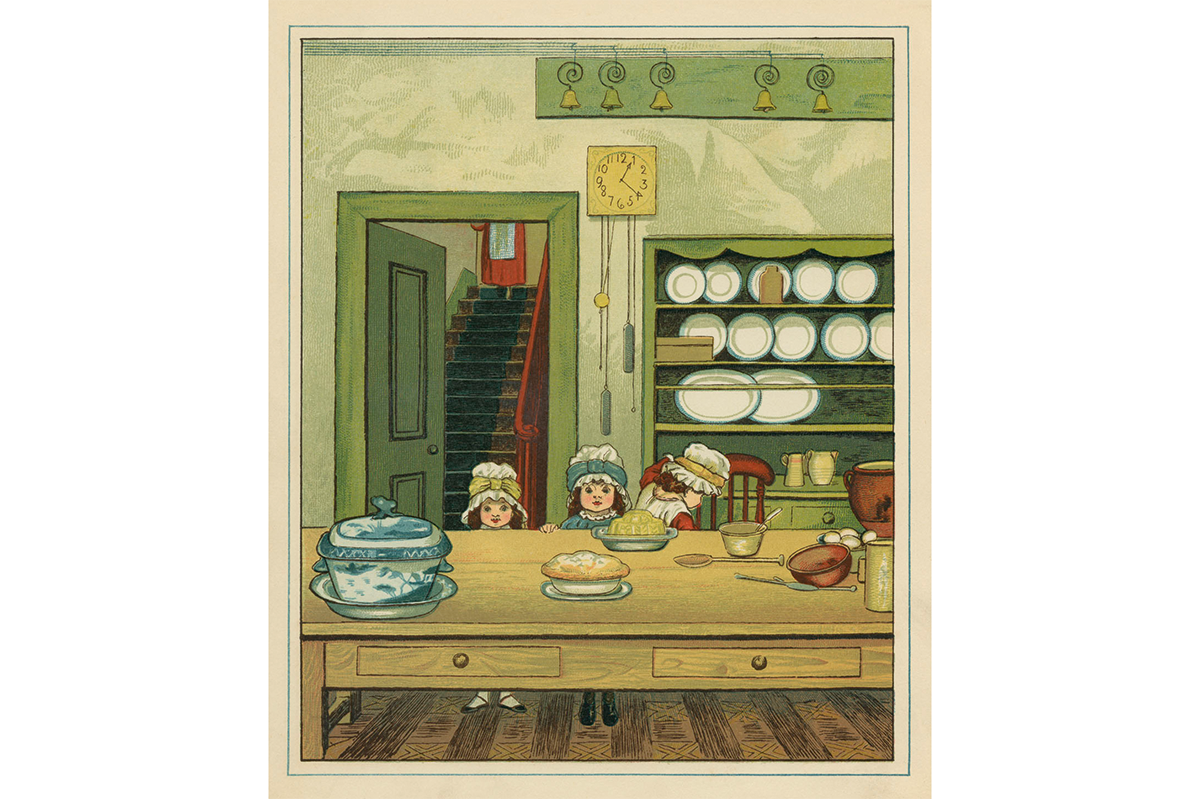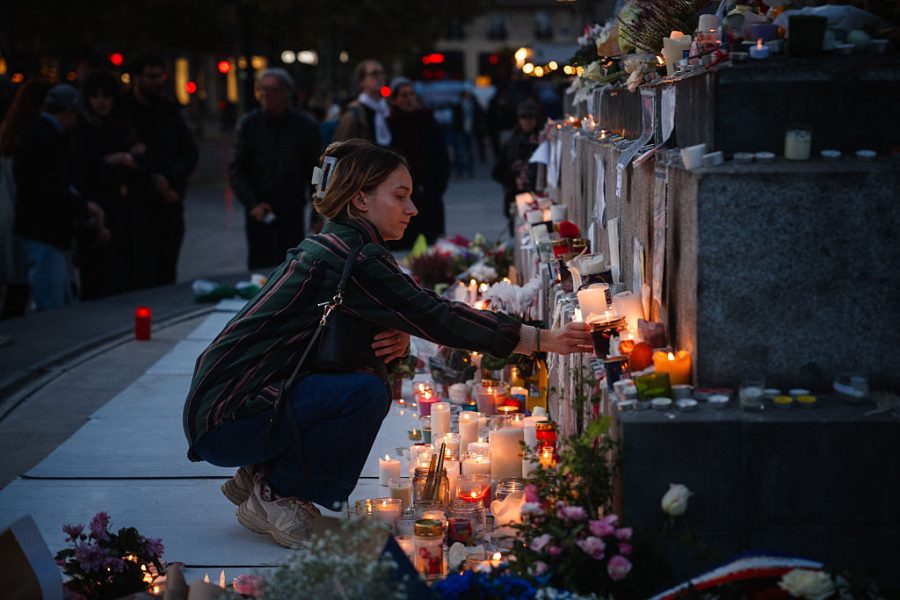On Friday November 13, 2015, France suffered the deadliest terrorist attack in its history. In quick succession, gunmen and suicide bombers struck the outer concourse of Paris’s Stade de France; then the pretty canal-side cafés and restaurants of the tenth arrondissement; then, most notoriously, the Bataclan theater, where the doors were blocked and, over the course of an hour, ninety people massacred.
The subsequent trial was not just a gargantuan administrative undertaking (twenty defendants faced around 2,000 plaintiffs, and the proceedings occupied the purpose-built courtroom for the best part of a year); it was a cultural phenomenon. The judicial reckoning with “V13,” as the Paris atrocities soon became known, has spawned columns, podcasts, discussion panels and even a Netflix feature that picked through the carnage with all the prurience of a true-crime documentary. It will doubtless generate many literary responses in France, where high culture has always been unusually alert to current events. From all this spectacle, though, it is hard to imagine a book emerging that will manage to be more informative, moving or likely to last than Emmanuel Carrère’s V13.
In some ways Carrère is an unlikely stenographer for France’s trial of the century. Though he is undoubtedly the country’s most distinguished living writer of non-fiction, it is his own life that has tended to draw out his eloquence. His previous book, the 2020 memoir Yoga, considered another terrorist atrocity — namely, the 2015 Charlie Hebdo attacks — but only insofar as the events deranged his own mind, plunging him into a deep depression that required an emergency course of electroconvulsive therapy.
By contrast, V13 is a remarkably well-behaved piece of reportage. Carrère, who attended every day of the trial for L’Obs magazine, is strictly chronological. We begin as the trial itself began, with the victims and their testimonies, the teeming schedule of witness statements and cross-examinations showing off the author’s talent for swift characterization. Particularly well conjured are the oddballs — such as Flo, the appalling busybody and fabulist who trawls V13 support groups in search of the friends she has never quite been able to make in life without a national tragedy to act as an ice-breaker.
It is here, too, that we meet the person at the heart of the book: Nadia Mondeguer, a bereaved mother with whom Carrère strikes up a friendship that conveniently allows his authorial attention to wander outside the courtroom — into the family apartment, the neighborhood, the morgue. Yet Carrère also knows when to step back. Nadia’s chapter is immediately followed by a nightmarish prose poem, stitched together from fragments of testimony of those who were trapped in the Bataclan when the attackers opened fire. Whatever else it may be, V13 is a horror story, and Carrère knows when to temper his editorializing impulses and let the horrors speak for themselves.
Only after being pulverized by 100 pages of testimony are we invited to consider the attackers. It is as if Carrère has set himself a challenge: how do we understand, even sympathize with them, knowing what we now know? His solution is to skirt all discussion of religious motive (instead, we are summarily pointed to a few academic works), in favor of sociology and psychology. These are not divinely inspired warriors, but brooding modern neurotics, straight out of the pages of Dostoevsky.
It is hard not to sympathize a little with the attackers’ bungling auxiliaries (the procurer of fake ID cards; the renter of automobiles) who claimed to have had no idea what they were doing as they hurtled into the history books. But more compelling are the bona fide terrorists, particularly Salah Abdeslam, the young “star of the trial,” whose suicide vest mysteriously never detonated. As the prosecutors try to figure out why, Abdeslam swings from petulance to defiance to silence, determined to make a mockery not just of this spectacle but of the law itself.
It is the sense that this grand, solemn procedure teeters on the brink of futility that lends V13 its pathos. In a sense, the challenges faced by court and court reporter are one and the same: both need to hone something incalculably vast and monstrous into a nice, crisp pronouncement for the public record. V13’s final section, which considers the lawyers themselves, tempts us to wonder whether it is ever possible to “do justice” in this way, teasing out the bureaucratic absurdity of projects such as France’s “Guarantee Fund for the Victims of Terrorist Attacks,” designed, quite literally, to put a price on others’ suffering.
Abdeslam certainly remains unconvinced, complaining to his prosecutors: “Everything you say about us jihadists is like reading the last page of a book. What you should do is read the book from the start.” But I suspect that if such a book ever could exist, it would look a lot like the one Emmanuel Carrère has written.
This article was originally published in The Spectator’s UK magazine. Subscribe to the World edition here.

























